What is a cactus?

In recent years, there has been a sharp surge in love for cacti among our compatriots. There is an opinion that they absorb harmful radiation from computers, disinfect the air, normalizing the microclimate - this is a big delusion, in fact, near the computer, your green pet will simply fade slowly, because it will begin to experience an acute shortage of light, water and nutrients.
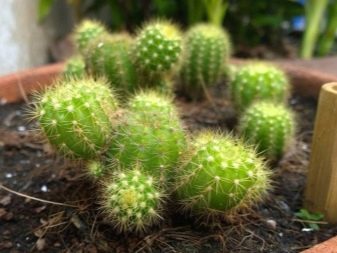
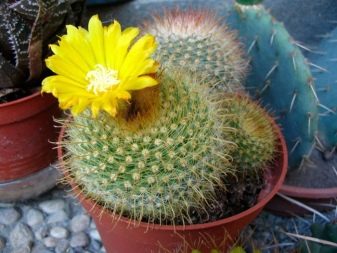
Morphology
Scientists believe that the first cacti appeared on the American continents, where for many millennia they adapted to the existing climatic conditions, adapting to them both their appearance and the peculiarities of metabolic processes. There are no more plants in the world that, like cacti, could accumulate water and use their reserves for many years.
The adaptation of a cactus in an arid desert is especially difficult - in order to minimize the consumption of moisture in their tissues, cacti have adapted to grow a rather dense skin, and the cell sap released during photosynthesis has a viscous structure, which allows the plant to maintain an optimal water-salt balance. Scientists still do not have a consensus on the origin of cacti, but this did not prevent breeders from developing many new varieties that are quite easy to grow and breed at home.

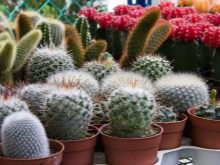
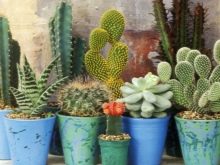
So, when we talk about cacti, we immediately imagine a spherical plant with thorns, which is able to put into a state of anxiety most mothers of mischievous babies and pet owners. However, in practice, the plant literally amazes with a wide variety of its sizes and shapes. And by the way, thorns are not at all an obligatory attribute of cacti. In nature, there are specimens, for example, Rebutia, the green part of which is completely smooth.
The stem shape is most often spherical, as well as cylindrical, disc-shaped or candle-shaped. Less often, you can find atypical varieties - crested, which appears as a result of the growth of the apical point of growth, and also monstrous, in this case, the plant has a fairly abundant number of lateral shoots. The reasons for the emergence of such forms have not yet been established. Some species may even have a wooden trunk and foliage of the most common type.
Cacti are distinguished by a slow growth rate, but their lifespan is extremely high - in nature there are plants that live even for several hundred years, the shortest lifespan is 10 years, which is characteristic of cacti of the Freiley genus.
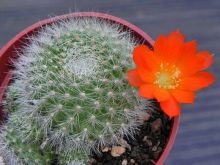
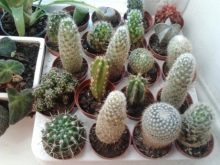
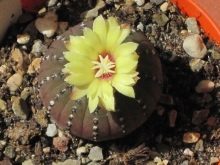
There are 2 main types of cacti.
Desert
In the overwhelming majority of such plants, the stem performs the function of a reservoir of water, photosynthesis is also carried out here, however, according to a rather unusual mechanism: the carbonic acid binds in the leaves before the very first rays of the sun appear, and during the day it takes an active part in the production of necessary nutrients.
Usually the stems of desert varieties are ribbed, thanks to this structure, the plant can change its size depending on the amount of water, and also create a light shade that protects them from overheating.
The root system is of a surface type, which allows water to be absorbed from the upper layer of the earth, which is wetted by dew, fog and occasional rain.
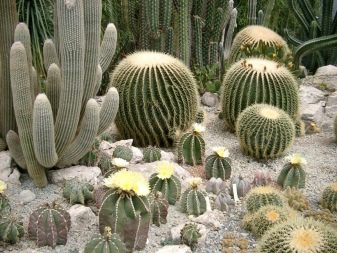
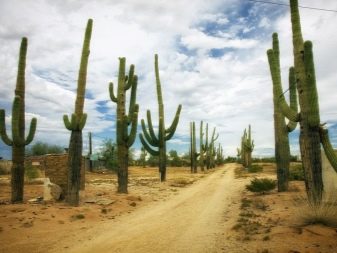
Tropical cacti
These plants are native to South America, where they live in evergreen hot forests. That is why they are much more warm and water-loving.In most cases, such cacti become epiphytes, that is, they grow on some other plant species. As a rule, they have long hanging stems and thin, soft and sometimes completely invisible to the eye of the needles.
A distinctive feature of such plants is the ability to form aerial roots, which are used to capture water from the air and attach to the bark of trees.
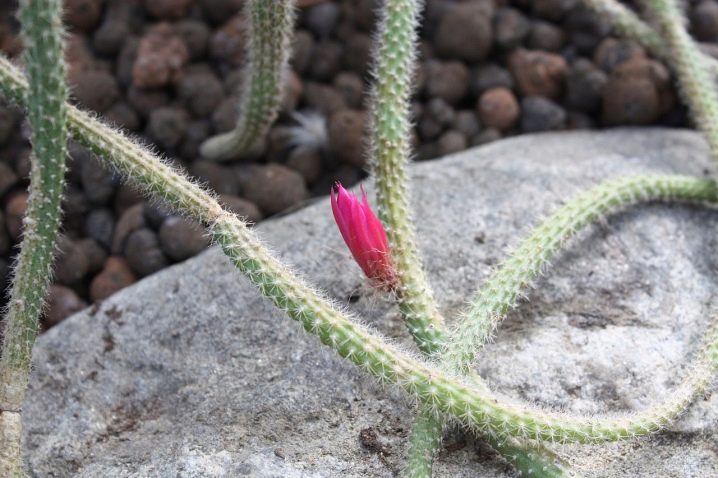
At home, mostly desert species are grown, which do not require special care. More often than others, in apartments and offices, you can find Hymenokallis cacti, as well as Acantokalycium and Echinofossulocactus.
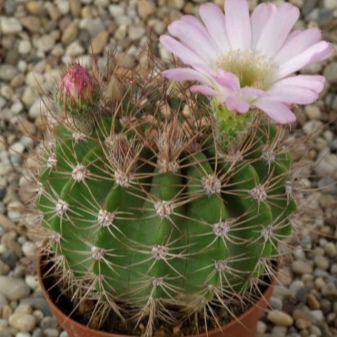
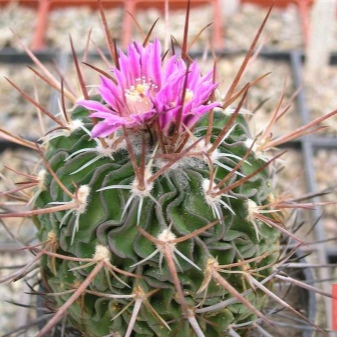
How is it different from a succulent?
Many people think that cacti and succulents are identical concepts. This is not entirely true. The fact is that the term “succulent” means any plant that has adapted to living conditions in an arid environment. At the same time, the way they accumulate water can be very different - some have almost no leaves and accumulate moisture in the stems, while others, on the contrary, are literally covered with fleshy, rather large leaves.
The second feature of succulents is a dense cover of matted hairs, spines or bristles, which effectively protect the plant from direct sunlight and dry wind. In accordance with these characteristics, absolutely all cacti can be attributed to succulents. The difference between the categories is that in addition to cacti, other categories of plants are also classified as succulents - aloe, Kalanchoe, Crassula, Haworthia, and the like.
In other words, every cactus is a succulent, but not every succulent is a cactus.


Distribution in nature
As already mentioned, North and South America is considered to be the homeland of cacti, but in nature they can also be found in some other parts of the world. For example, certain varieties of these plants grow in European countries, as well as in the Mediterranean. In the African tropics and forests of Madagascar, you can often find cacti of a wide variety of species and shapes. Recently, these exotic plants have been cultivated in the southern regions of our country, and as greenhouse crops in the North.
Often, these unusual representatives of the flora become a typical feature of the landscape of the area and difficult to eradicate varieties. For example, prickly pears inhabit the Australian mainland, and in America, cacti are ubiquitous in a vast territory from 56 parallel north latitude to 54 parallel south. In Mexico alone, you can find about 1,000 of the world's 2,000 varieties of cactus. In addition, such succulents can be found in the vicinity of Yalta and in the Crimea.
Some varieties grow in regions with a much more severe climate - for example, dark-prickly prickly pear grows even in the Astrakhan region, where it easily tolerates temperatures down to minus 19 degrees.

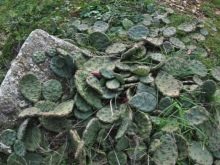
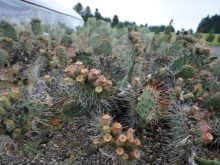
Interesting Facts
There are quite a few myths associated with cacti. Let's try to figure out together where the truth is, and where is the general delusion.
- Cacti are inhabitants of the arid desert, they are afraid of excess moisture. Firstly, absolutely any plant, especially at the growth stage, needs water, and cacti are no exception. They need it for food, as well as for cooling the green parts, which is carried out thanks to evaporation. And secondly, not all varieties are dry-loving. There are varieties that need moisture no less than all other indoor flowers.


- Cacti bloom only once in a lifetime, and then die. This statement is completely inconsistent with the true state of affairs, a cactus can bloom at least every year without the slightest damage to itself. Depletion occurs only when too many fruits are formed on it.
If this happens, you should pick a small part of the berries immediately after the ovary.
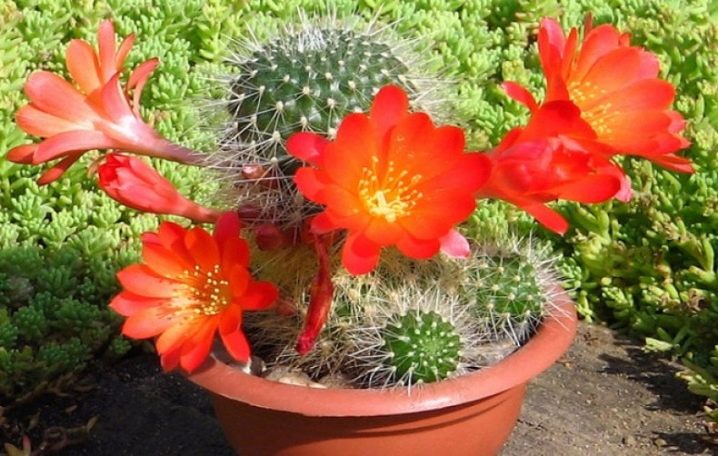
- Cacti can only grow and develop in direct sunlight. This is indeed the case.Thanks to the long-term work of scientists, it was possible to develop varieties that can be cultivated in room conditions, but, nevertheless, full development is possible only with a large amount of sun and an optimal level of illumination. Only a small number of varieties require light dimming, but even they need light.
That is why all owners who place their prickly pets in the depths of living rooms, on shelves and in dark northern offices, simply slowly kill them.
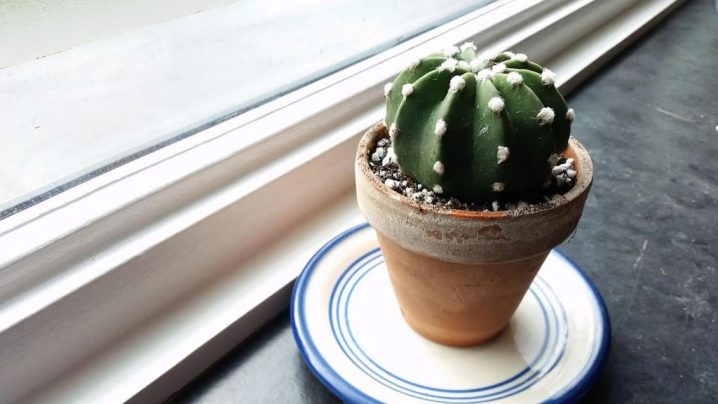
- Cacti require warmth all year round. No, it’s not like that. Any cactus needs a period of rest and absolute rest in order to gain strength for new growth. It is possible to provide optimal conditions for this only with cold and dry content in the winter season.
Wintering is not needed only for moisture-loving species native to tropical forests.
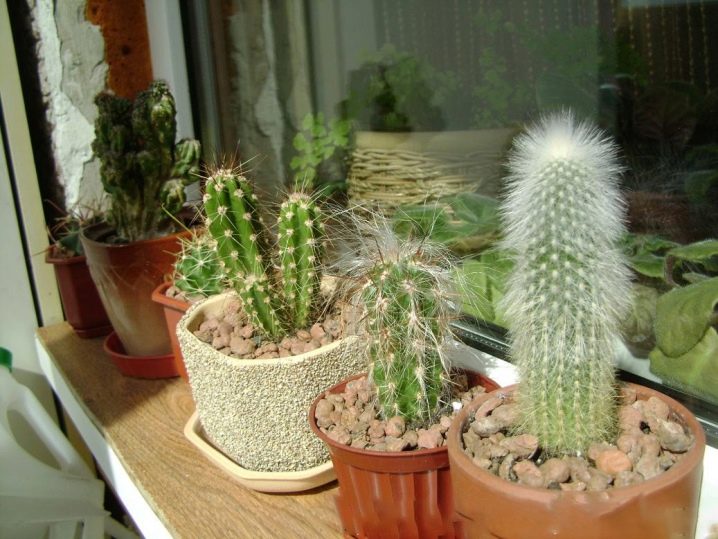
- The more often the owners look at the kakutas, the faster they grow. This belief belongs to the category of mystical, but it has a very real foundation. If you constantly look at your green friends, you will be able to notice in time all the signs of their ill health - for example, loss of roots, a wound, or an attack of pests - as you know, any plant disease detected in the early stages is successfully corrected.
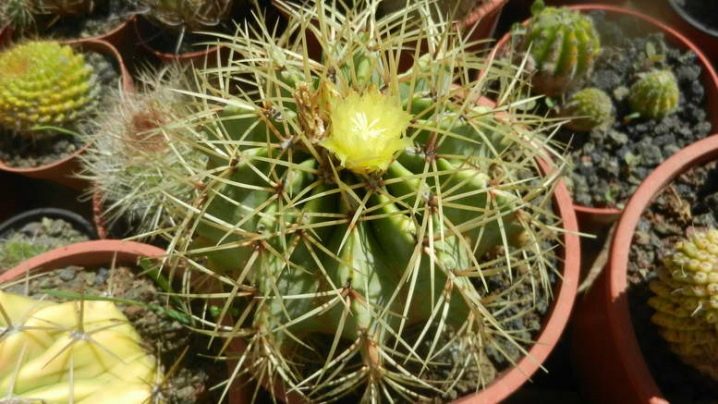
- The less often you touch cacti, the better they grow. This is perfect truth. Many amateur flower growers, when purchasing a new cactus, begin to rearrange it from place to place, choosing the best location in the room. However, in this case, the plant, not having time to get used to one habitat, immediately finds itself in others, as a result - the cactus experiences stress, sheds thorns and begins to fade.
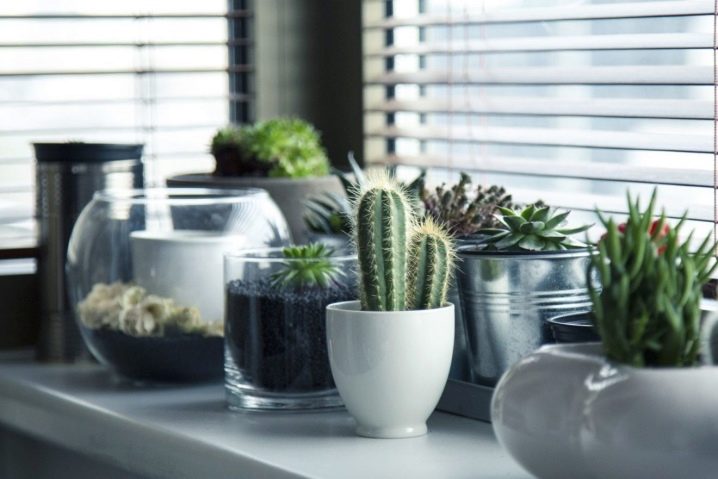
- The less often a plant is transplanted, the better it will grow. This is a common but extremely dangerous misconception. Cacti need an annual transplant, it stimulates increased root formation and stem growth, and also allows you to create conditions in which the plant receives all the nutrients necessary for development in full.
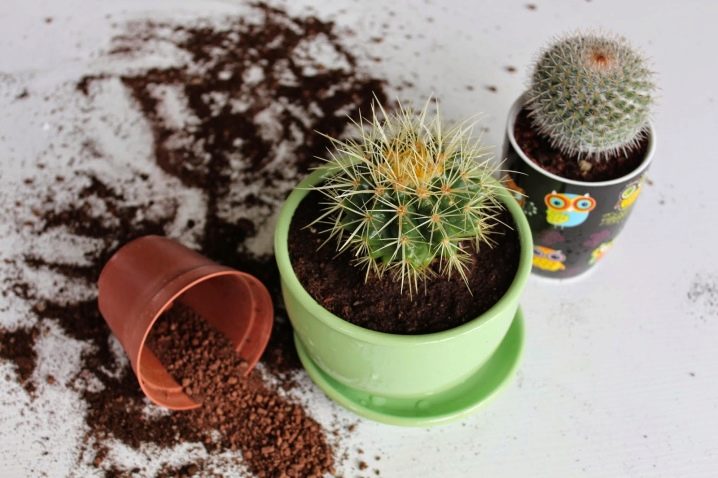
- Abundant feeding causes frequent flowering of the cactus. Not true. Any plant, including a cactus, is fertilized only to the extent of its needs, and in this case, they are much lower than that of deciduous counterparts.
It should be noted that cacti do not die from underfeeding, but such an outcome is quite real from over-fertilization - these indoor pets are simply not adapted to such feeding.
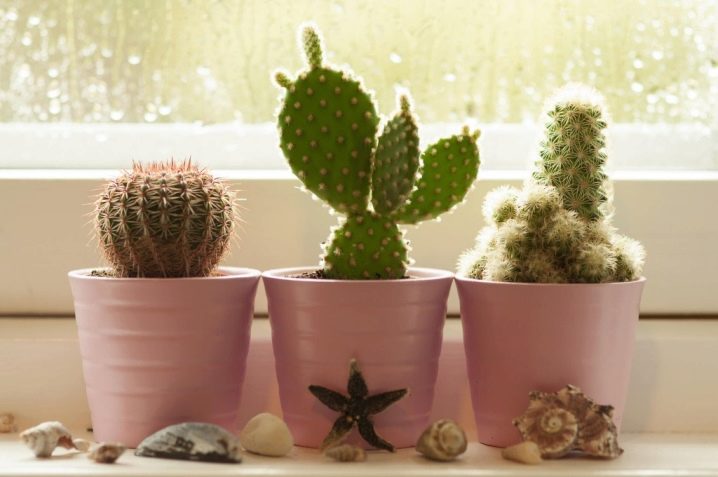
- Cacti with a high growth rate die quickly. But this is true. Too fast growth, caused artificially, for example, when using hormonal substances, leads to a weak resistance of the flower to infections and attacks of pests. Such cacti have rather poor pubescence and a very loose stem, so you should not stimulate the growth of this plant, it should develop in its own mode.
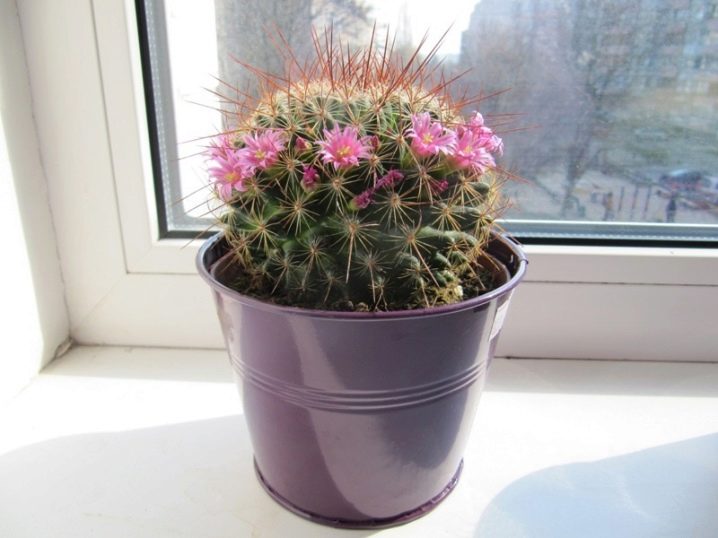
- If the cactus does not start growing in hot summer, then in winter it may die. As a matter of fact, if a cactus does not grow, then it is already partially dead, however, some varieties can survive in such a half-dead form for several years.
To save your pet, first of all, you should find out what is the reason for the suspension of growth: in most cases, the problem comes down to the loss of roots, and a complex of quick resuscitation measures must be taken.
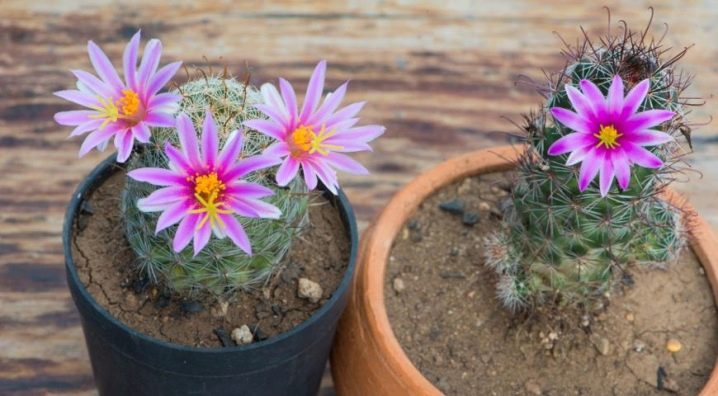
In order for your cactus to delight you for many years, you do not need to be afraid to take it in your hands, take care of it, transplant, touch and bathe it. No breeder will achieve any success if he keeps his plants with fear - just not to inject.
Cacti require love and respect.
For information on how to care for cacti, see the next video.























































The comment was sent successfully.